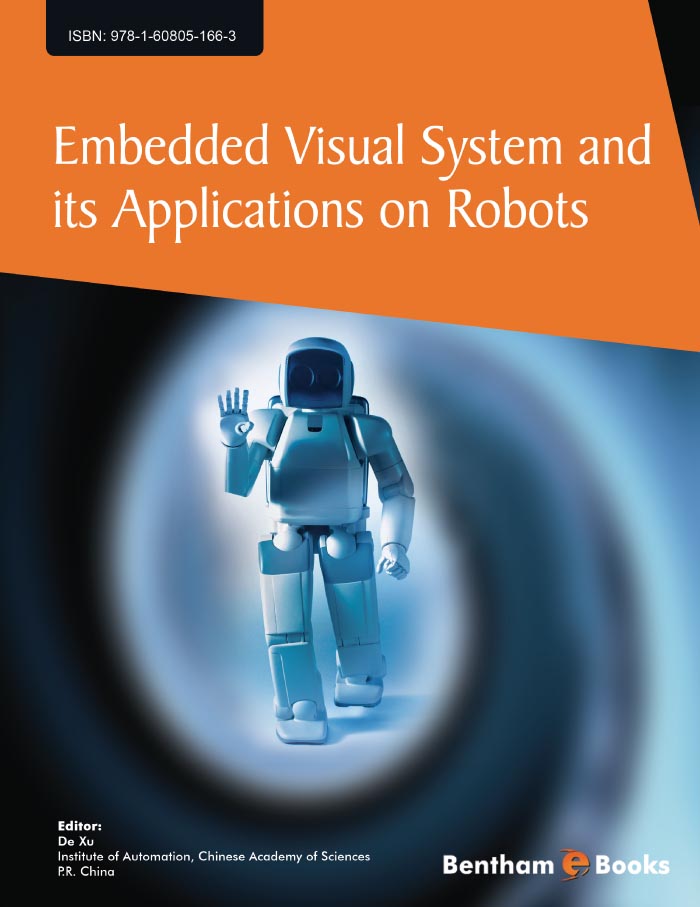Foreword
It has been known for a very long time that vision systems are essential for autonomous robots to recognize the environments where they are and to detect and measure the objects that they are interested in to track or avoid. Vision system for a robot is just like the eyes for a person. Up to now, almost all robots are equipped with vision system.
Traditionally, a vision system consists of cameras and a computer. An image grabber card inserted in the computer is employed to capture images from the cameras to the computer. The large size and high energy cost prevent the traditional vision system from micro robots or some autonomous robots that require small and light vision sensing system. Indeed, a vision system works as a kind of sensing system to provide special information what the robots need. The ideal vision system should like other sensors, such as distance sensors, position sensors, velocity sensors etc., which are of compact structure and can present the specified sensing information. Thanks to the developments of electronics and optical engineering, the compact version system, that is, the embedded vision system integrating the camera and processing unit together, merges in recent years. Of course, the computing power of an embedded vision system is not as strong as that of the computer in a traditional vision system. Therefore, how to sufficiently utilize the limited computing capability in an embedded vision system is necessary to investigated.
The e-book edited by Prof. De Xu provides a broad overview of the embedded vision system and addresses the aforementioned questions. Chapters written by experts in their respective fields will make the reader have a variety of topics ranging from the configuration to algorithm design and applications. I believe that this e-book should be very useful to basic investigators and engineers interested in the latest advances in this exciting field. ".
Professor Qinglin Wang
Beijing Institute of Technology
Beijing 100190
China

